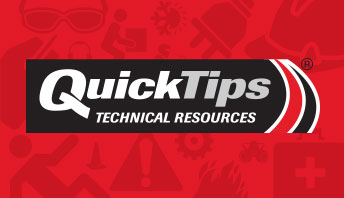

OSHA’s Revised Hazard Communication Standard
By Grainger Editorial Staff 9/1/21
Are you familiar with the hazard symbols used to classify and label chemicals under OSHA’s revised Hazard Communication Standard? Use this reference to help identify the pictograms, labels and images, and understand what they mean. Appearing individually or in combinations, they define specific hazards to help you work safely around hazardous chemicals.
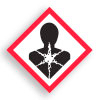
Health Hazard
Carcinogen Mutagenicity Reproductive Toxicity Respiratory Sensitizer Target Organ Toxicity Aspiration Toxicity
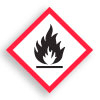
Flame
Flammables Pyrophorics Self-Heating Emits Flammable Gas Self-Reactives Organic Peroxides
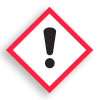
Exclamation Mark
Irritant (skin and eye) Skin Sensitizer Acute Toxicity Narcotic Effects Respiratory Tract Irritant Hazardous to Ozone Layer
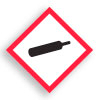
Gas Cylinder
Gases Under Pressure
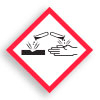
Corrosion
Flammables Pyrophorics Self-Heating Emits Flammable Gas Self-Reactives Organic Peroxides
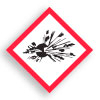
Exploding Bomb
Explosives Self-Reactives Organic Peroxides
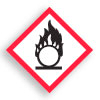
Flame Over Circle
Oxidizers
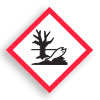
Environment (Non-Mandatory)
Aquatic Toxicity
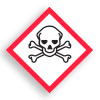
Skull and Crossbones
Acute Toxicity (fatal or toxic)
Tips to Read a Hazard Label
This illustration identifies the components of a compliant label on a shipped container. Actual label design and layout may vary.

Product Identifier
Must match the product identifier used on the Safety Data Sheets.
Signal Word
Indicates the relative level of the hazard’s severity. “Danger” and “Warning” are the two signal words.
Pictograms
Graphics intended to convey specific hazard information.
Hazard Statements
A phrase assigned to a hazard class and category that describes the nature of the product hazards.
Supplier Identification
The name, address and telephone number of the manufacturer or supplier.
Precautionary Statements
Describes recommended measures to minimize or prevent adverse effects resulting from exposure.
The information contained in this article is intended for general information purposes only and is based on information available as of the initial date of publication. No representation is made that the information or references are complete or remain current. This article is not a substitute for review of current applicable government regulations, industry standards, or other standards specific to your business and/or activities and should not be construed as legal advice or opinion. Readers with specific questions should refer to the applicable standards or consult with an attorney.

